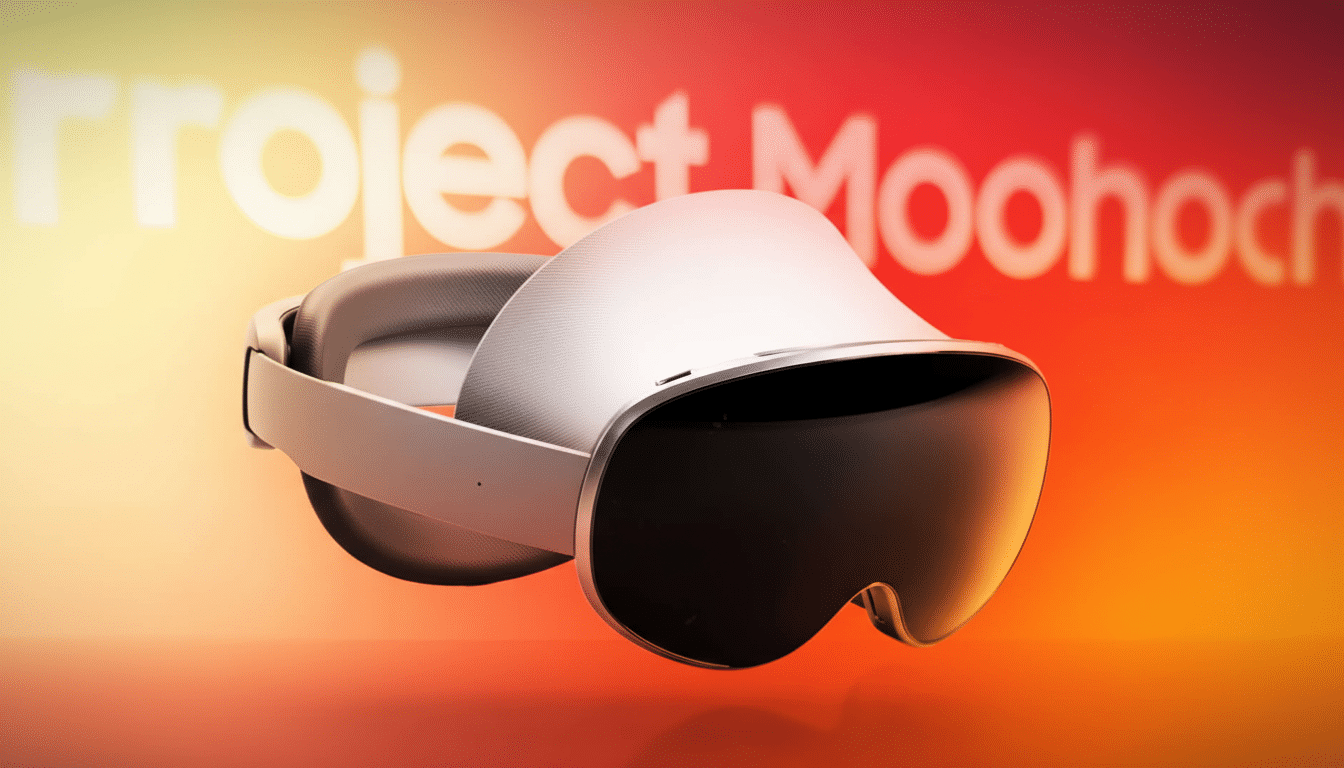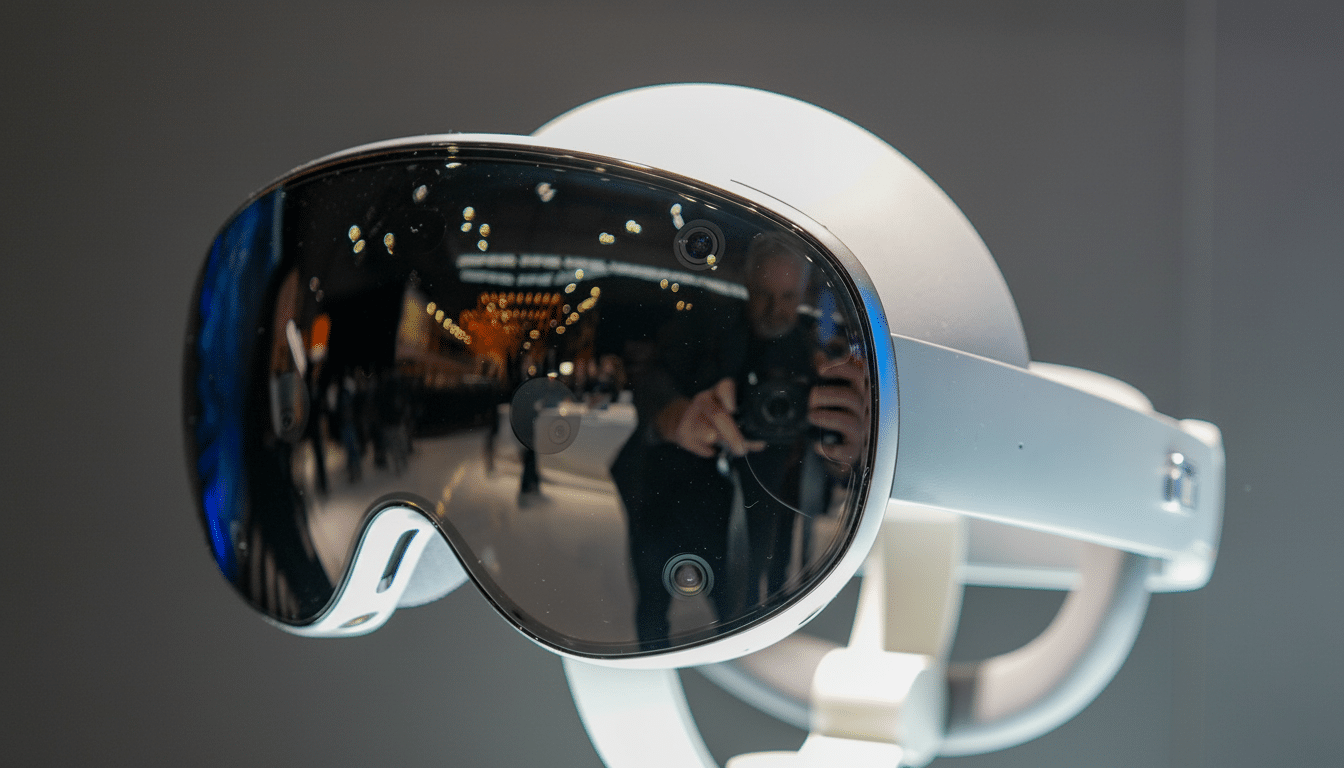Samsung is finally announcing this morning its rumored-in-waiting mixed reality headset, a device that will directly challenge Apple’s Vision Pro and run on Google’s new Android XR platform. Internally known as Project Moohan, the wearable is described as a showcase for multimodal AI and an open, scalable method of delivering extended reality — Samsung’s official return to headset hardware after half a decade just ambling along with phones and wearables.
If you’ve been following the industry breadcrumbs — appearance at Mobile World Congress, Qualcomm’s reference designs, and Google’s XR developer push — this unveiling is where that comes together.

Anticipate an image of XR that plugs into the larger Android and Galaxy universes — instead of existing as a walled garden.
What to Expect From Project Moohan, Samsung’s XR Headset
Samsung says Project Moohan will merge everyday utility with immersive experiences — an acknowledgment of mixed reality rather than pure VR, which always felt like the endgame for the HMD category. Android XR, built with Google and partners Samsung and Qualcomm, aims to provide a common foundation for hardware makers and developers on spatial apps, input methods, and cross-device continuity (e.g., your phone/wrist/tablet not acting as islands apart from each other).
Initial prototypes shown in private — and glimpsed at MWC — indicated a high-end visor with color passthrough, inside-out tracking, and hand-and-eye input systems.
Look for camera-heavy faceplates enabling mixed‑reality video, along with pancake optics to keep things as slimline as possible, and micro‑OLED or similar ultra-dense displays. For perspective, Apple boasts of 23 million pixels across the Vision Pro’s dual micro‑OLEDs; Samsung will be measured as closely on sharpness (pixels per degree), field of view, and lens clarity.
There’s also buzz about going in two directions: a premium headset for full-on immersive computing and a lighter path toward glasses-style wear. Qualcomm has talked openly about smartphone-connected mixed-reality glasses with Samsung and Google, potentially leading to a second wave where the computation shifts to your phone for lower cost and weight.
How to Watch the Samsung Mixed Reality Headset Launch
Samsung will stream the announcement on its own website and YouTube channel as part of its “Worlds Wide Open” theme. The business typically reposts global replays shortly after the keynote, and its YouTube page lets you set reminders ahead of time. If you’re a second‑screen lover, Samsung’s social channels typically broadcast real-time highlights and short clips during the event.

For the cleanest stream, prepare to watch on YouTube via a desktop browser (or in the TV app), turn on captions for demos, and take another run through the replay afterward to pause on spec slides and developer segments that might go by too fast.
Why This Release Is Important for XR and Developers
The mixed-reality market has bifurcated into high-end “spatial computing” and mass-market VR. Apple set the new high-end standard with Vision Pro, while Meta’s Quest line dominates unit share with aggressive pricing. Analysts, including independent trackers like IDC, have said shipments plunged before rebounding and predicted low double‑digit growth to persist with new platforms and price points. One big Android-based player from Samsung might just be the thing developers have been waiting for: one set of tools, many manufacturers, wider distribution.
Ecosystem is the real battleground. Apple relies on a combination of iCloud, iPad-class apps, and tight hardware-software integration. Samsung’s riposte will no doubt focus on Galaxy phones, tablets, and watches as companions, with familiar moorings provided by Google services — Maps, YouTube, Gmail, Photos. Qualcomm’s new XR hardware will also support improved mixed‑reality passthrough and on‑device AI for hand, eye, and scene understanding (for reduced motion latency and crisper text) that are vital to comfortable productivity.
Key Questions Heading Into the Samsung XR Reveal
- Form factor: Does Samsung hang onto most of the bulk we’ve seen on early prototypes, or do we see significant weight loss and improved weight balance? The biggest barrier is comfort in long sessions.
- Displays & optics: What’s the field of view, brightness, and pixels per degree? And are we talking about micro‑OLED, LCOS, or a hybrid? Glare recovery and lens sweet spot will also be studied.
- Input: Is eye tracking a standard? How polished is the hand tracking? There are clamshell devices (with what look like plenty of keyboard shortcuts), a Samsung-branded keyboard, and an optional stylus, but that’s about it. Will there be attachable controllers for when precision is required, or is the company all‑in on fitting in some other form of trusted input?
- Battery philosophy: External battery puck, swappable packs, or integrated? Thermal management and overall balance are as important as raw endurance.
- Apps and services: What anchor apps come with at launch? Spatialized YouTube, productivity suites, cloud gaming, and phone continuation features could make the difference between this being a novelty or a daily driver.
Early Reservations and What They Signify
As it has in the past before major announcements, Samsung is allowing fans to reserve the forthcoming device with no commitment to purchase, along with a promotional credit on other eligible products.
You can sign up for more information and alleged perks below:
It’s this ploy that also serves as a way they can test demand and encourage early adopters without locking them into making a purchase, while throwing Samsung some hints on configurations and interest in accessories.
Bottom line: A Samsung-made Android XR headset, supported by Google’s platform and Qualcomm’s silicon, could fundamentally alter mixed reality beyond just another premium device. Watch with us via Samsung’s site or YouTube to see whether Project Moohan — believed to have a Galaxy XR moniker — takes its place alongside the Vision Pro and Meta Quest as one of the category’s cornerstones.

